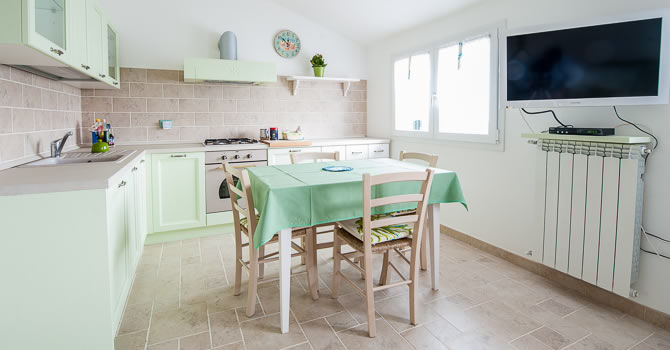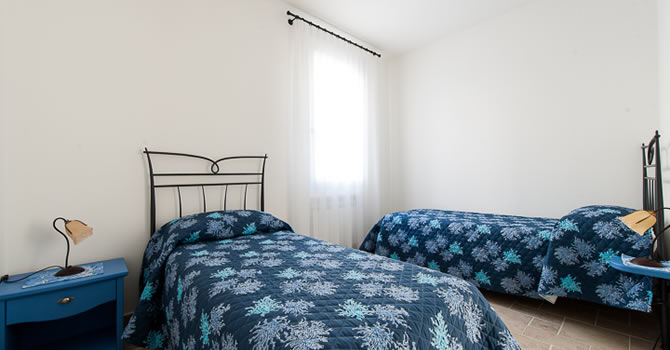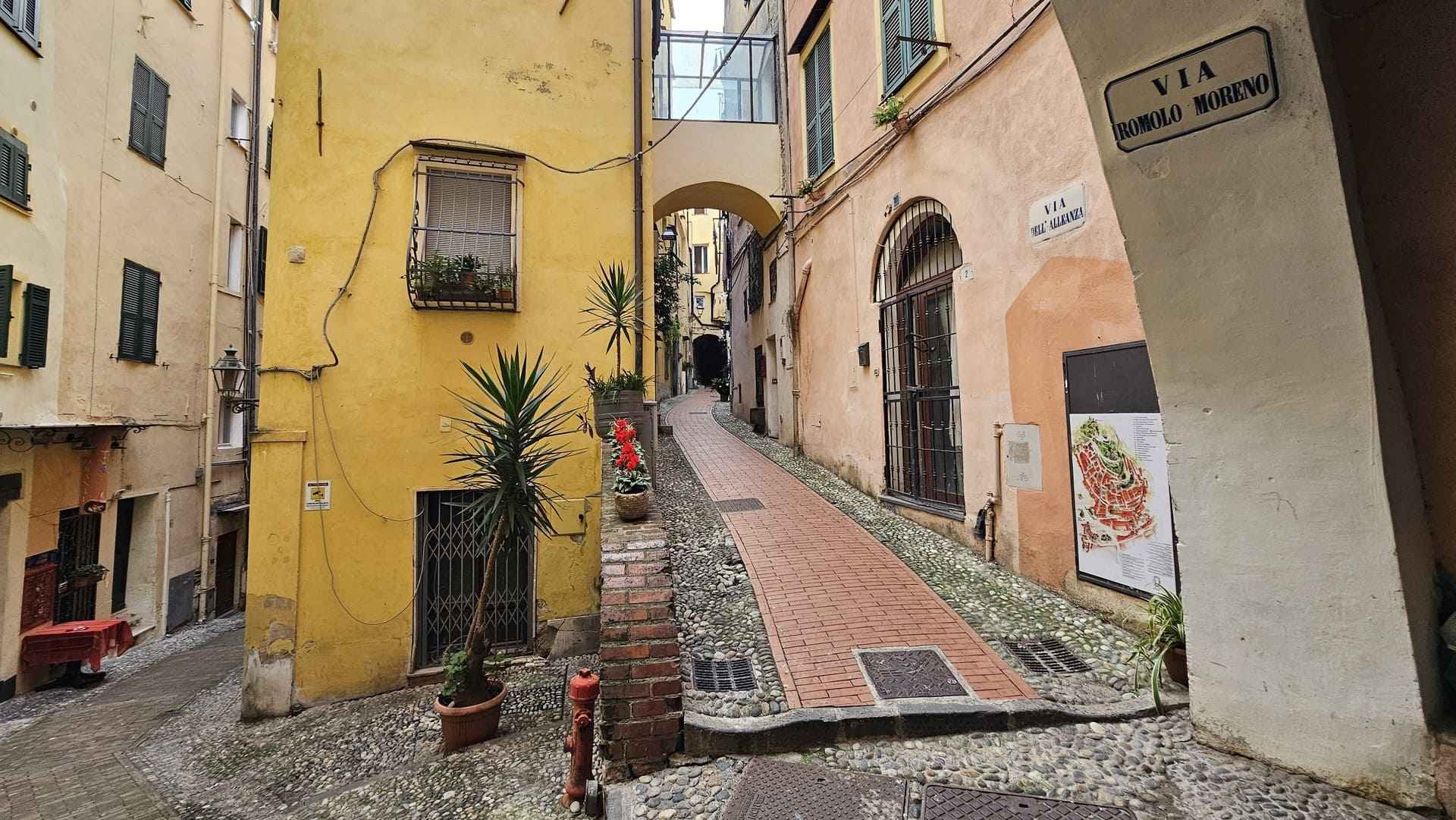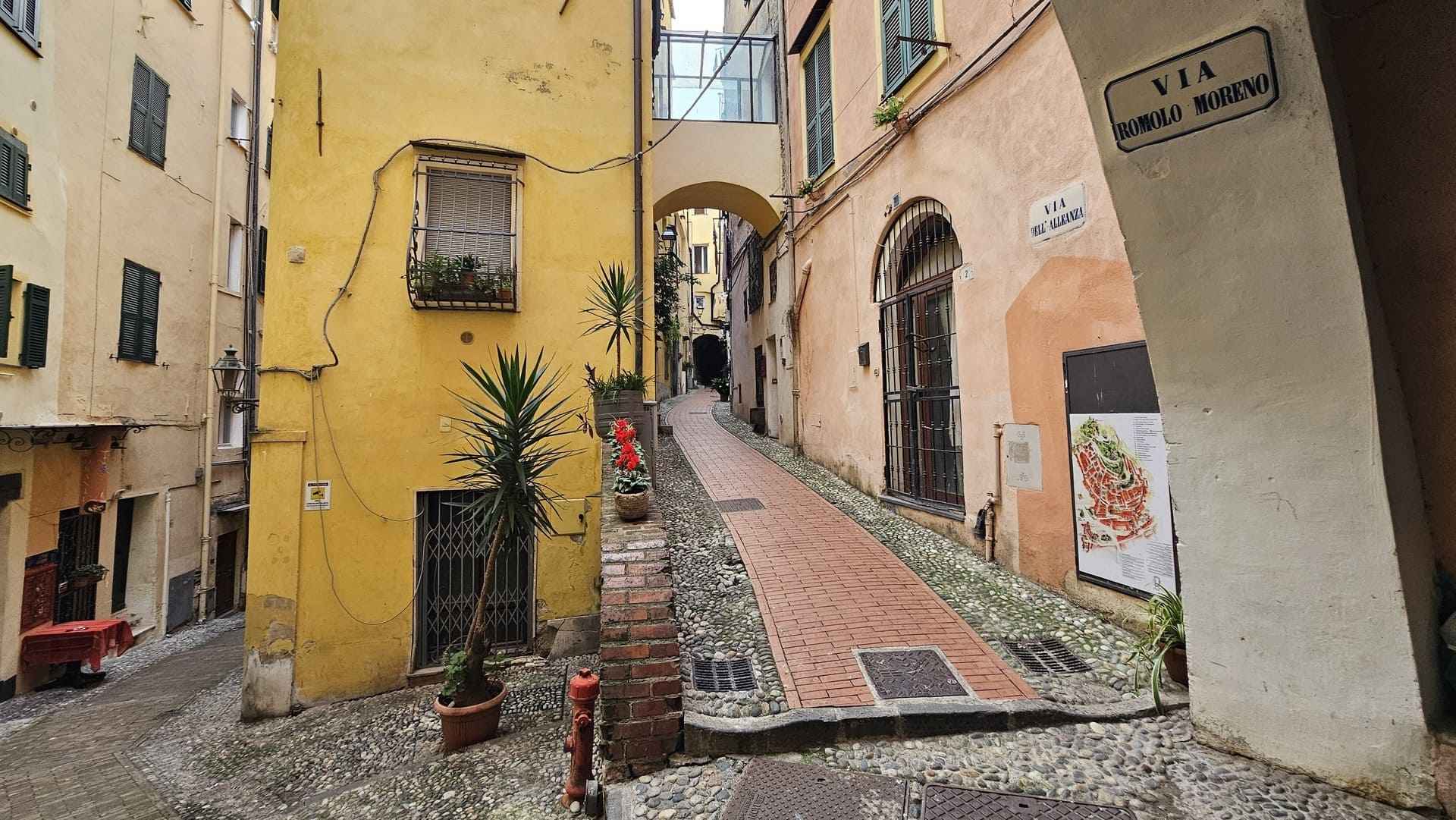
Dianese Gulf Municipalities
The hamlets and villages of San Bartolomeo al Mare
November 09, 2020
For those of Liguria that only know the coast along the Via Aurelia, the hamlets of San Bartolomeo al Mare can be an absolute mystery. And yet, taking the inland road, north of the Santuario della Rovere and not far from our farmholidays in Diano Marina, there are many houses that have been organised over the centuries in small towns. These are villages and hamlets, precisely, small scattered nuclei of the Steria Valley, almost confused in the green of the olive trees and terraces. A visit to these places not only allows us to deepen our knowledge of our territory, but also helps us to understand its deep cultural matrix.
In this article we propose a journey through impervious and little beaten spaces. Where in ancient times the Lucus Bormani - the forest dear to the pre-Roman deity Borman - once stood, the hamlets of San Bartolomeo al Mare and its hamlets are now included.
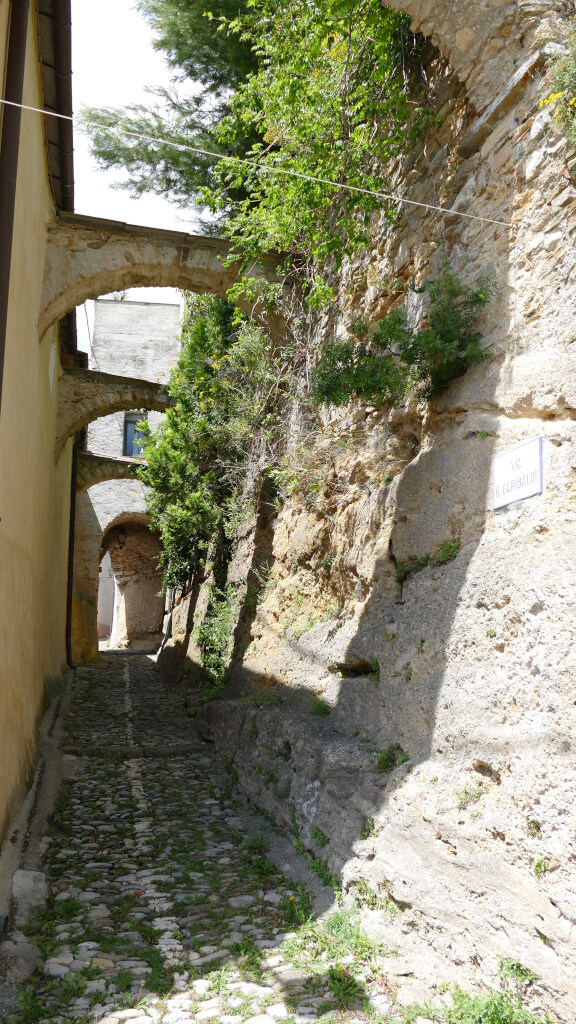
Which are the hamlets and villages of San Bartolomeo al Mare
While the hamlets of San Bartolomeo al Mare are only Pairola and Chiappa, much more numerous are its hamlets. Born as small villages near the main nucleus of San Bartolomeo al Mare, they immediately reveal to us their main productive activities. In fact, these centres were formed along short torrential water currents, with sometimes curious names, such as Rio del Bosco, Torrente Cervo, Rio Gazzelli, Rivo Panigà, Rio San Bartolomeo. The hamlets are, therefore, rural centres whose names very often recall the presence of water mills (or oil mills) widespread in the area:
- Molino del Fico,
- Tre Mulini,
- Mulino Rosso.
But there are also places that recall the geographical characteristics of the area:
- Vigne
- La Rovere
- Fiumare
- Rocca
- Vallone
Other settlements, instead, remember the surnames of the families who first inhabited these places:
- Richieri
- Borgata Freschi
- Case Calvi
- Ca’ dei Bosciai
To name them all would be impossible. Many of these and others, like San Simone, we will meet on our journey.
Pairola
Before arriving at the hamlet of Pairola you have to cross the hamlet of Poiolo. Destroyed during the earthquake of 1887, this area owes its name to the term "poggiolo", which, in ancient times, was meant to indicate the panoramic place where the village stands. Here it is worth stopping to admire the church of Sant'Anna, built on the foundations of an older country building.
Continuing upstream, we finally head towards Pairola. This centre is documented in medieval times with the name "Pairolia" or "Payrora", while several archaeological finds reveal its existence already in late antiquity, Byzantine and Longobard times. In later centuries, around the 17th and 18th centuries, Pairola developed further thanks to the proceeds from coral fishing and oil production.
Before reaching our destination, along the road it is possible to find numerous artificial caves, dug into the rock. These are shelters built during the last world war to offer shelter during the bombardments. We continue along a path that leads to the chapel of San Matteo.

From here, on foot, crossing an area full of gardens and vegetable gardens, you reach Pairola. At the beginning of the village stands the church of the Madonna della Neve, whose appearance is the result of numerous baroque re-elaborations. Of particular interest is the bell tower, designed in the XVIII century by Filippo Marvaldi, who we already know for the religious buildings made in Cervo and in Diano San Pietro.
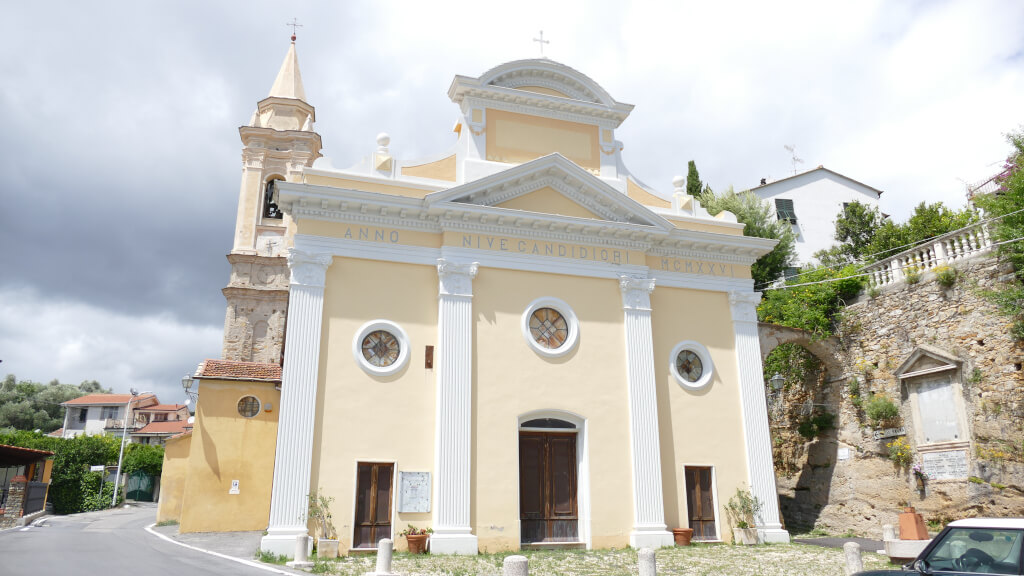
Chiappa
Beyond the village of San Simone, east of the Steria torrent, after a few hairpin bends embraced by thick olive groves, is Chiappa, the second hamlet of San Bartolomeo. The village is really quiet and offers a privileged view of the surrounding valleys. From here you can easily reach Tovo Faraldi, a hamlet of Villa Faraldi.
The ancient origin of Chiappa is attested by the discovery of the milestone indicating the distance from Rome: 533 miles. Contrary to what one might think, the original find is preserved here, while a cast of it has been placed in one of the rooms of the Diano Marina Museum.
The parish church is also worth a visit. Built in the XVII century and dedicated to Saints Giacomo and Mauro, it has a beautiful statue of the Virgin of the Rosary inside.
Read also - The Lucus Bormani and his connection with Diano Marina

The hinterland of San Bartolomeo al Mare with its hamlets is at a short distance from our holiday flats. It is an opportunity to practise a tourism of proximity that puts in first place the peculiarities, still little known, of our territory.
Listen to all podcasts published on our official channels:
